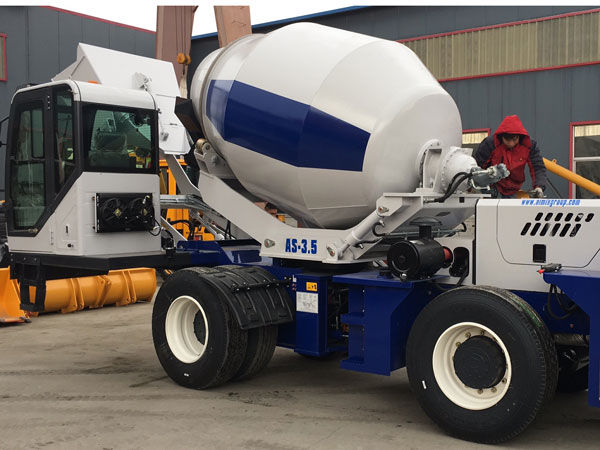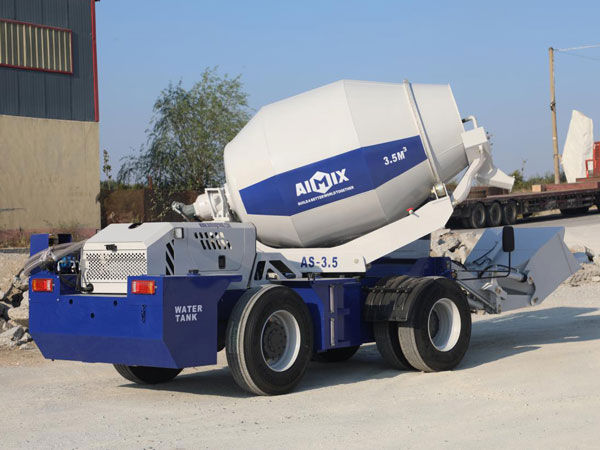What is the Fuel Consumption of a Self Loading Concrete Mixer?
- aimixglobal2024
- 2024年8月15日
- 讀畢需時 2 分鐘
Understanding the fuel consumption of a self-loading concrete mixer is crucial for budgeting and operational efficiency. This article provides valuable insights into fuel usage, helping customers make informed decisions.
Factors Influencing Fuel Consumption
Several factors affect the fuel consumption of a self-loading concrete mixer. Understanding these can help optimize usage.

Engine Size and Type
Engine Capacity: Larger engines consume more fuel but offer more power. Choose the right engine size based on your project needs.
Engine Type: Diesel engines are more fuel-efficient compared to gasoline engines. Opt for diesel engines for better fuel economy.
Operational Conditions
Terrain: Rough or hilly terrains increase fuel consumption. Smooth and flat surfaces are more fuel-efficient.
Load Weight: Heavier loads require more power, increasing fuel usage. Optimize load weight for better efficiency.
Estimating Fuel Consumption
Accurate estimation of fuel consumption helps in budgeting and planning. Let's look at how to estimate it.
General Guidelines
On average, a self-loading concrete mixer consumes around 5 to 8 liters of fuel per hour. Aimix self loading concrete mixers are equipped with a diesel engine, which is relatively fuel efficient, with fuel consumption varying depending on the model and operating conditions. However, this can vary based on the factors mentioned earlier.
Calculation Method
Hourly Consumption: Multiply the fuel consumption rate by the number of operational hours. For example, if your mixer uses 6 liters per hour and operates for 8 hours, it will consume 48 liters.
Daily Consumption: Multiply hourly consumption by the number of working days. This gives a rough estimate of weekly or monthly fuel usage.

Tips to Reduce Fuel Consumption
Implementing certain practices can help reduce fuel consumption, saving costs and improving efficiency.
Regular Maintenance
Engine Tuning: Regularly tune the engine to ensure optimal performance. A well-tuned engine consumes less fuel.
Tire Pressure: Maintain proper tire pressure to reduce rolling resistance. This helps improve fuel efficiency.
Operational Best Practices
Optimize Routes: Plan routes to minimize travel distance and avoid rough terrains. This reduces fuel usage.
Load Management: Avoid overloading the mixer. Distribute loads evenly to ensure efficient fuel use.
Benefits of Efficient Fuel Use
Efficient fuel use has several benefits, from cost savings to environmental impact.
Cost Savings
Reducing fuel consumption lowers operational costs. This allows you to allocate resources to other essential areas.
Environmental Impact
Efficient fuel use reduces carbon emissions. It contributes to a greener environment and promotes sustainable practices.
Conclusion
Understanding the fuel consumption of a self-loading concrete mixer is crucial for efficient operations. Factors such as engine size, operational conditions, and load weight significantly influence fuel usage.
On average, these mixers consume 5 to 8 liters of fuel per hour. However, this can vary. Regular maintenance and adopting best practices can help reduce fuel consumption, leading to cost savings and environmental benefits.




留言